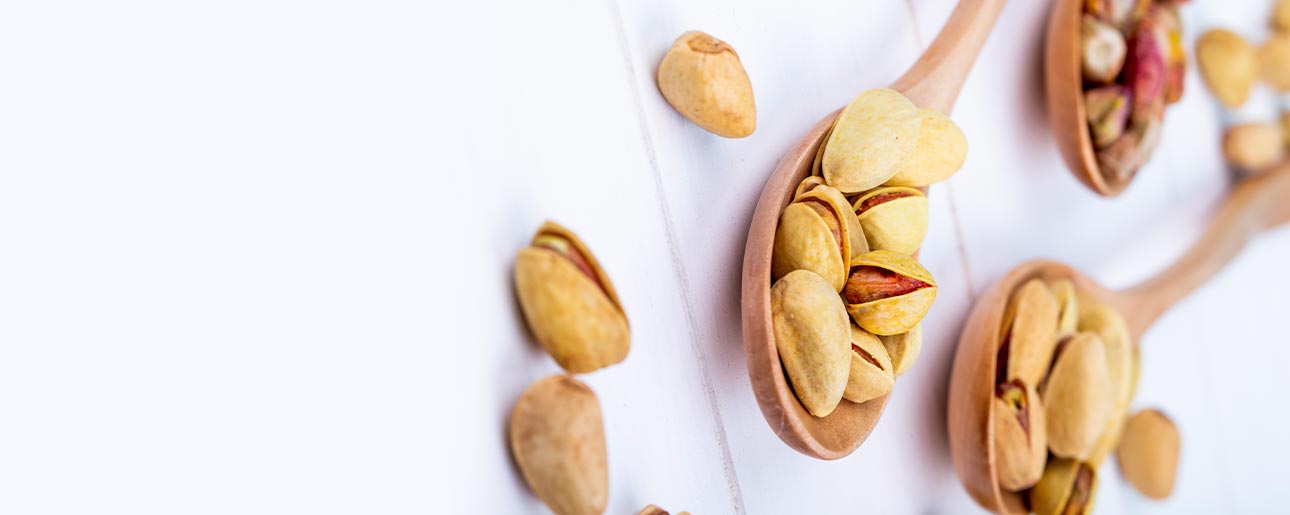
Iranian Pistachio Varieties and its Famous Taste That is Unrivalled
Iranian Pistachio Varieties and their division
Iranian Pistachio Varieties: Pistachio is known as one of the most important nuts in Iran and the world and has a high nutritional value. Iran is one of the largest and most important exporters of pistachios in the world and even it can be said that the best type of pistachio in the world belongs to Iran. In addition, pistachio is one of the important components of salty and sweet nuts that are produced in two types, raw and roasted. Familiarity with the types of pistachios available in Iran can provide you with more information.
Familiarity with the pistachio tree
The origin of the pistachio tree probably dates back to Central or East Asia. We currently grow different varieties of this tree in Iran. Pistachio trees have two bases, which means that male and female flowers grow on separate trees. In this way, both male and female flowers are not present on the same tree. The leaves of the pistachio tree are light green and alternate with 2 or 3 pointed leaflets with a terminal leaflet. The flowers of the pistachio tree are clustered and the male flowers do not have petals.
Types of pistachios available in Iran and their division
There are about 60 to 70 cultivars and genotypes of female pistachios and a large number of male genotypes in Iran. Secondly, It is one of the most important sources of pistachio germplasm in the world. We consider the different divisions of the different types of Iranian pistachios.
Type 1 based on their shape:
Hazleh group: Kalaguchi and Ouhdi
Bademi group: Ahmad Aghaei, Momtaz and White pistachios
Type 2 in terms of flowering time:
Early flowering- Zandagol Group:
hite Pistachio Noghi and Kalho-Quchi cultivars
Flowering- Ouhadi group:
Ahmad Ahaghei and Badami Zarand
Late flowering times during flowering Deir Gol group:
Qazvini and Akbari
Type 3 according to the time of arrival of the product :
Harvest dates for very early cultivars are 31 August, early cultivars are 1 to 10 September, medium cultivars are 11 to 20 September, late cultivars are 21-31 September and very late cultivars are 1 to 10 October. Some of the figures in these groups are:
very early premature, – Ouhdi and Qazvini varieties- up to August 31, Early cultivars from 1 to 10 September
medium clay, Kaleh Quchi, Kandari and Shapasand Damghan and Badami -11 to 20 September
late: Ahmad Ahaghi and Akbari -21 to 31 September
very late for the time of arrival of the product: Ebrahimi and Jondaghi cultivars – from 1 to 10 October .

